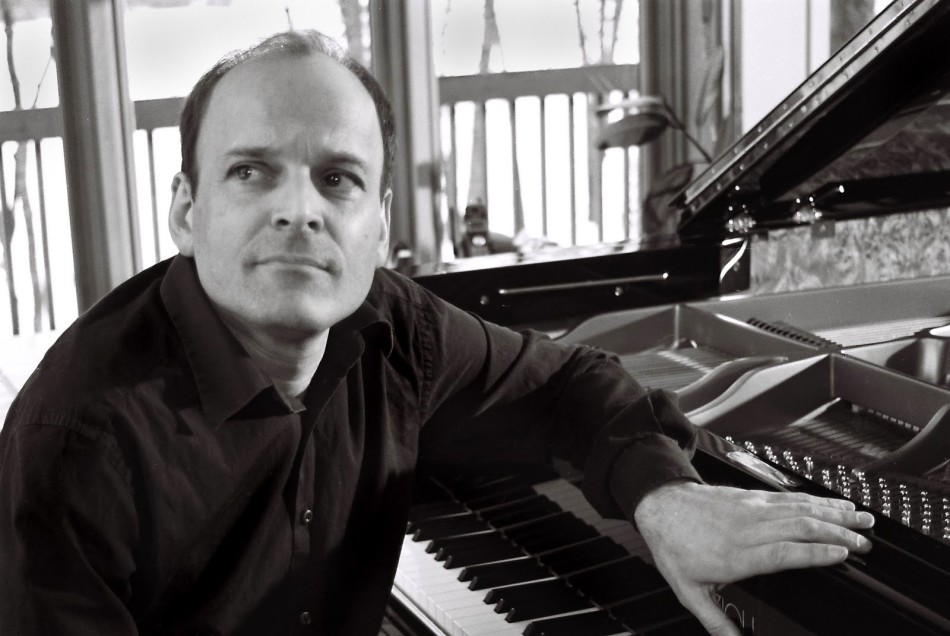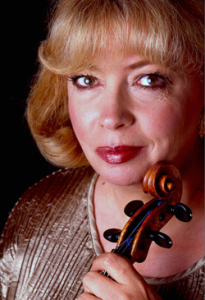
Last week we listened to Maurice Ravel’s Le Tombeau de Couperin, a piece which originated as a solo piano suite and culminated as a breathtakingly colorful orchestral work. Many of Ravel’s works followed this evolution. His glistening, Impressionistic orchestration even extended to Modest Mussorgsky’s Pictures at an Exhibition, a work also originally for solo piano.
Let’s return to Ravel the pianist with a few excerpts from French-Canadian pianist Louis Lortie’s 2003 recording (on the Chandos label), Ravel’s Complete Works for Solo Piano. We’ll start with Lortie’s beautifully intimate performance of the Menuet from Le Tombeau de Couperin:
Une barque sur l’océan
Une barque sur l’océan, the third movement of Ravel’s piano suite, Miroirs, evokes the feeling of a boat tossing in waves, at the mercy of powerful ocean currents. Each movement of Miroirs, written between 1904 and 1905, was dedicated to a member of the Les Apaches, a group of French avant-garde writers, musicians and artists which included Ravel. This movement was dedicated to the painter Paul Sordes.
Une barque sur l’océan goes beyond musical image painting or literal representations of the ocean. Hazy and dreamlike, this is music that makes us forget about goals. Instead, we get lost in the vast, timeless ocean of the present. Each harmonic shift is enjoyable for what it is, rather than where it’s going. You might get a particularly powerful sense of this at the end of the movement:
Jeux d’eau
Jeux d’eau evokes feelings of the play of water, this time in smaller splashes. Written in 1901, this piece was dedicated to Ravel’s teacher, Gabriel Fauré. The manuscript included a quote from Henri de Régnier’s Cité des eaux: “Dieu fluvial riant de l’eau qui le chatouille…” (“River god laughing as the water tickles him…”).
A couple of listening points: At 3:44 we return to the opening idea, but suddenly, because of the note in the bass, it has a completely different feeling (darker and more ominous). From 5:01 listen to the way the music revels in splashes of color:
Pavane pour une infante defunte
Pavane pour une infante defunte was written in 1899 when Ravel was a student at the Conservatoire de Paris. It’s easy to hear the influence of Fauré in this serene melody, but we also hear Ravel pushing the boundaries. Listen to the jazzy parallel harmony around 0:54. I love the way minor turns to major for the final statement of the theme at 5:05:
[unordered_list style=”tick”]
[/unordered_list]

